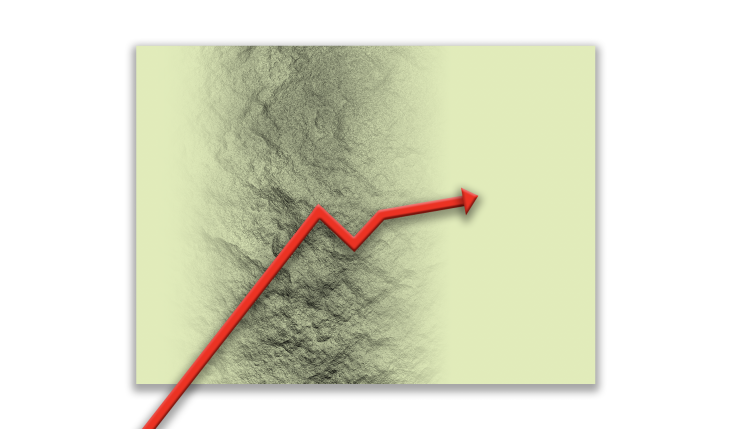Slowing Colorado economy still to outpace nation in 2020
Colorado’s economy is still in a period of growth that is outpacing the nation, even as it looks to slow down in 2020, according to the latest Colorado Business Economic Outlook Forecast (CBEOF).

The 2020 forecast calls for 40,100 new workers next year, a growth rate of 1.4%. That’s Colorado’s slowest rate of growth since the Great Recession.
“We have a very low unemployment rate in this state, and we think Colorado will be a top 10 growth state in 2020,” said Rich Wobbekind, executive director of the Leeds Business Research Division, which compiles the report. “But you have to pay a little more attention when the growth rate slows down.”
Three sectors are projected to see the most new jobs next year:
- Professional and business services
- Trade, transportation and utilities
- Education and health services
Colorado’s technology boom will bolster professional and business services, which largely deal with business-to-business work. Retail and wholesale trade are projected to see the majority of the benefits in the trade, transportation and utilities sectors. An aging population is expected to keep health services growing at a steady clip.
Wobbekind also said he has his eye on agriculture, which saw a 21% increase in net farm income in 2019. That momentum is projected to buoy a 6% growth rate in 2020.
“A combination of beef prices holding up and also corn prices being relatively solid made all the difference in the world for Colorado,” he said.
Even though it posted gains in 2019, the information sector, which includes telecommunications and publishing, is the only sector with a projected decline in 2020. The CBEOF calls for a loss of 500 jobs.
Colorado’s population is also expected to slow down adding roughly 72,100 people, with about two-thirds attributable to net in-migration.
Read the full report here, including regional breakouts around the state.
[video:https://www.youtube.com/watch?v=5fydmcxGc7Q]


